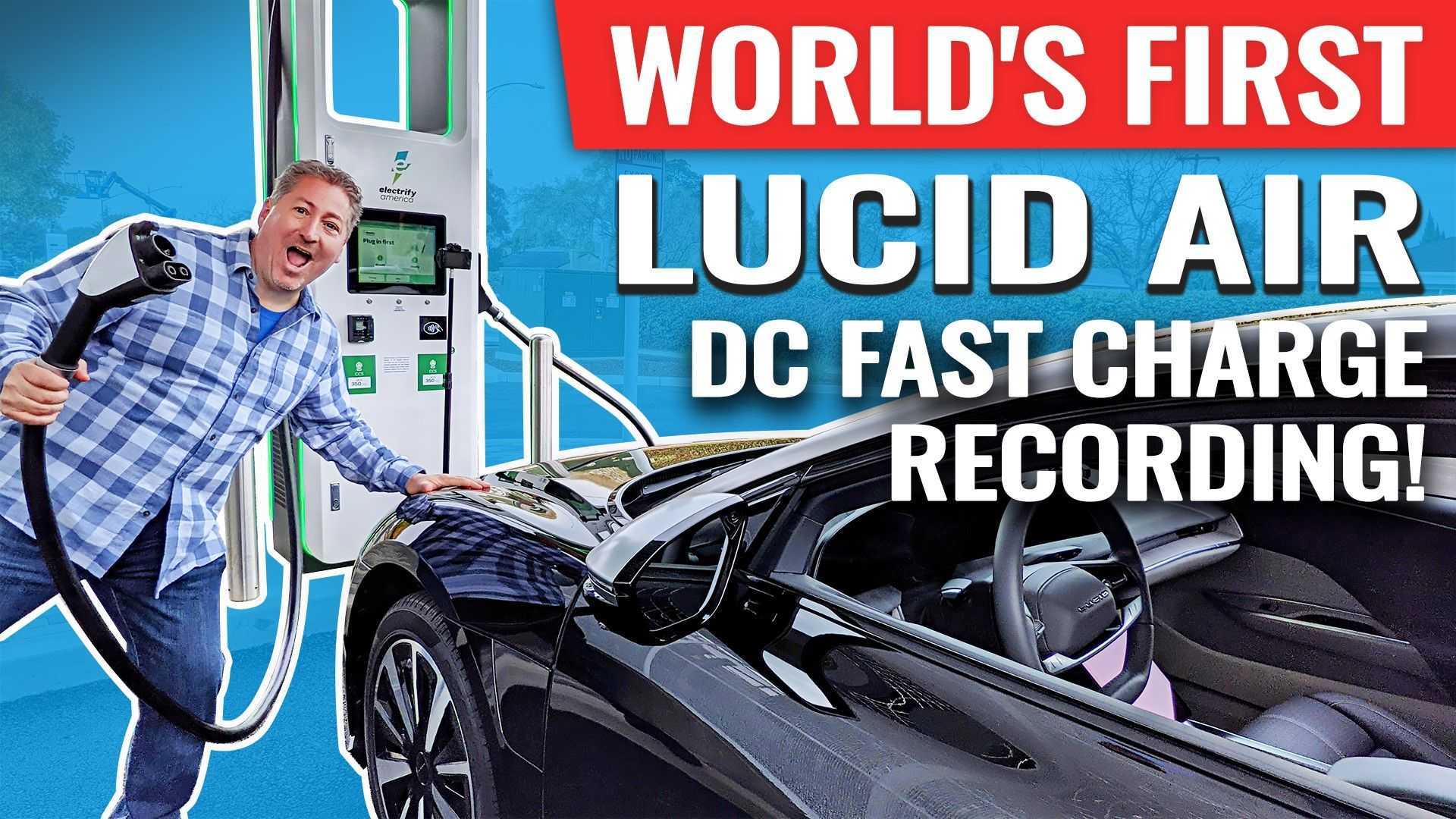- Joined
- Nov 23, 2023
- Messages
- 1,380
- Reaction score
- 1,733
- Location
- Arizona & Washington
- Cars
- Pure AWD 19" No Aeros
- Referral Code
- MAXED
Say I plug in at a public charging station at a fairly low SOC, and I set a reasonable daily limit. Now, assume I'm the only car there, it's a temperate day, I'm fully preconditioned, the station is not being throttled down, and the electrical supply to the station remains constant. My charging rate initially runs up to XXX kWh, and of course I watch that number steadily decline over time as the SOC goes up. I understand that the initial rate itself could be higher or lower depending on the specs of the car, but once that initial rate is established, is the rate of decline determined by the car's software, the station's software or some combination of both? (Remember I'm assuming that no other factors change at the station, such as a brown out or another car pulling up to charge next to me.) Whatever the source, is the rate of decline determined based simply on elapsed time, the SOC, the battery temperature (if it's the car setting the curve), or some other specific performance monitoring? So many questions! Thanks!
Last edited:

